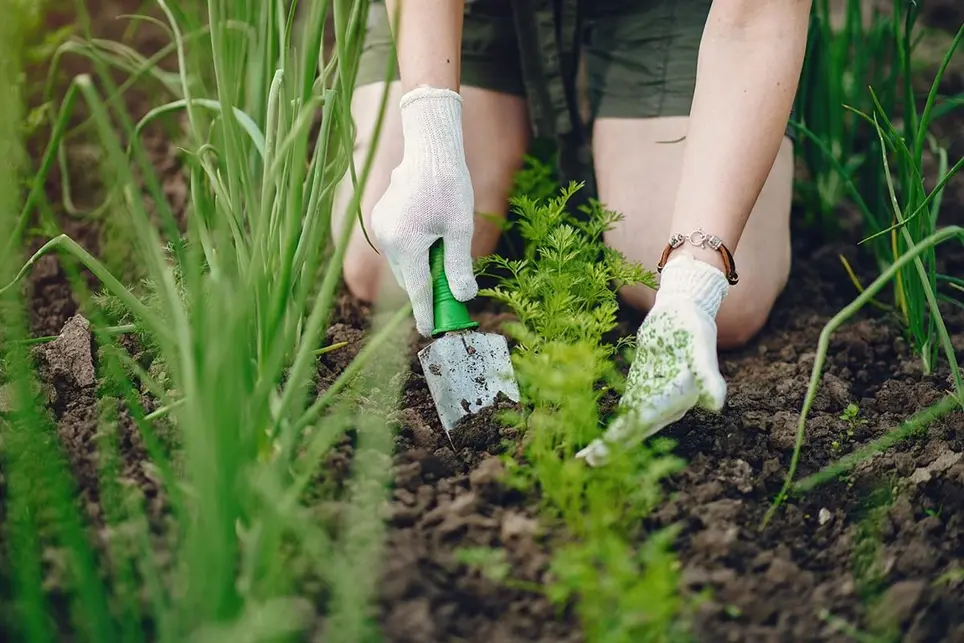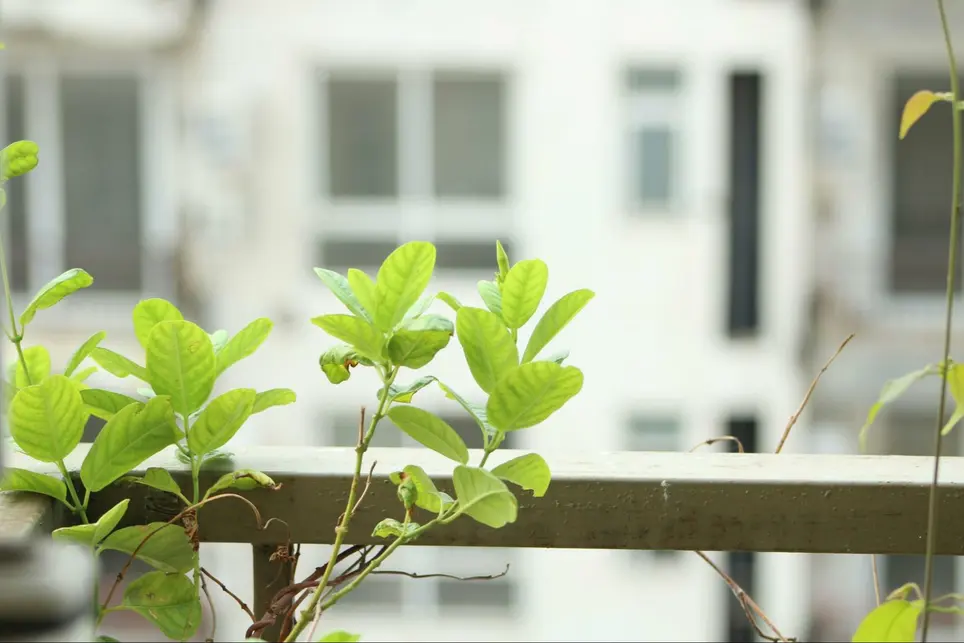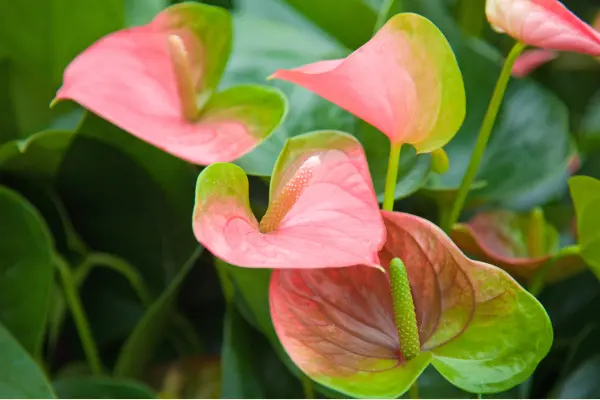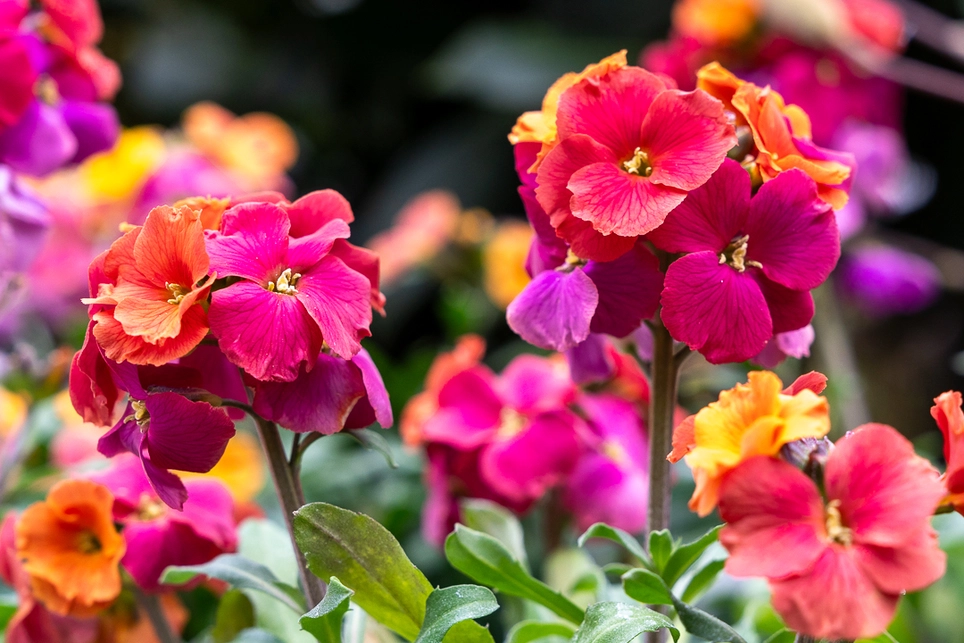
There is nothing like the excitement and wonder of sowing, germinating and growing your plants from seed. You feel like you’re participating in the creation of life. By taking a few simple steps, you can grow veggies, annuals and perennials for the garden and have a lot of fun along the way.
Once you’re hooked, there’s no going back. Growing seeds of tender annuals and veggies indoors in early spring is an easy and affordable way of creating many plants for summer garden colour.
The seed sowing calendar for annuals and veg starts from February until May. Germinating seeds early indoors gives you a head start in growing healthier and larger seedlings, ready for garden planting after the risks of frost have passed.
It’s better to sow larger seeds such as Courgettes, Gourds, and Cucumbers into individual small containers, and it is best to broadcast smaller seeds into seed trays.
What you need to start germinating seeds
The following items are what you need to get started and are available at Boma Garden Centre and on our Webshop.
Packets of Seeds |
Seed trays |
Hand Sieve |
Seed compost |
Vermiculite |
 |
 |
 |
 |
 |
Sowing seeds in a seed tray
Start with filling a standard seed tray with Seed Compost, lightly firming the compost evenly in the tray.
Water the compost in the seed tray slowly so the compost is not disturbed.
Next, take the chosen seeds and evenly broadcast them with your hand over the compost. Then cover them lightly with a thin layer of vermiculite.
The vermiculite aerates the soil and helps control the moisture around the seeds as they germinate. It also helps prevent fungal problems such as dampening.
Soak the tray in water for 20 minutes after sowing. Doing so will help maintain the compost’s moisture while the seeds germinate.
If you need to water the trays again because the soil has dried, soak the bottom of the perforated tray. But avoid overhead watering freshly sown seeds in trays as this can disturb the seeds and compost. Once the seeds have germinated, it can also damage the young seedlings.
Place the seed tray on a bright sunny windowsill, greenhouse or sunny conservatory. If you are germinating seeds indoors with little light, you can purchase a grow light to encourage germination. If you are sprouting in a cold climate, you can buy a heated propagator, which offers the perfect microclimate for growing seeds and base heat to speed up seed germination.
Germinating larger seeds in individual containers
You can germinate larger seeds such as Sunflowers, Cosmos, Pumpkins, Courgettes, Squash, Cucumbers, and Gourds in individual 8cm Fibre Pots. If you are using a reusable container, wash the container before sowing the seeds to stop the spread of pests and diseases between crops.
Fill the container lightly with Seed Compost, leaving a small gap at the top of the container for watering. Next, thumb a small hole with a seed dibber, twice the depth of the size of the seed you are sowing. Place the seed in the hole and cover it with soil. After you’ve finished, leave the pots in a water tray to soak for 20 mins.
Sowing annuals outside directly into border and beds
You can sow outdoors directly into the soil a range of hardy annuals.
Love in a mist (Nigella), Poppies (Papaver sp.), Poached Egg plant (Limnanthes douglasii), and Californian Poppy (Eschscholzia californica) are but a few. To find out more, contact Boma’s horticulture team.
Sowing seeds outdoors is easy, inexpensive and fun. It’s wise to check the planting months often written on the seed packets.
Preparing the soil before sowing outside
When sowing in the UK, start when the weather is less likely to freeze the soil. The lighter the earth, the more quickly it will warm in spring.
Flowers and vegetables need a warm and sunny spot, although some plants will grow in shadier sites.
- Weed the soil by hand or with a hoe, doing your best to remove the roots.
- Loosen the soil with a fork. You can gently firm it with the back of the rake or a shovel. Then rake it level, removing lumpy mud and larger stones.
- You can hoe troughs in the soil or drill holes.
Top tip
Sowing seeds in a row of drills makes it easier to differentiate the seedlings from weeds.
- Make a shallow drill using a dibber, trowel or stick, following the correct depth instructions on the packet. Drill rows are suited for growing vegetables. However, flowers are ornamental. Therefore, it’s more suitable to curve the spacing of the drills randomly for a natural spread. Check the seed packet for the ideal spacing, which will differ among seed varieties.
- Water the base of the drill to dampen the soil
- With a few seeds in your palm, evenly place each seed along the base of the drill or distribute them with equal spread if the seeds are difficult to grasp.

- Backfill the drill with the soil and gently firm.
- Most importantly, place a plant label stick at the end of the drill or seedling pot to remember what and where you have sown.
- After you finish, use a watering can with a sprinkler head to lightly water along the row without disturbing the soil.
Germinating Vegetable Seeds for hardy salad plants and vegetables
You can sow Beetroot, Broad Bean, Chard, Lettuce, Pea, Spring Onion, Radish, and Rocket under glass from Feb-April.
Pricking out seedlings from seed trays
As seedlings grow, they need more room to flourish. Transplanting the seedlings on time is essential as they can become overgrown and, even worse, succumb to dampening in the seed tray. Dampening occurs when a fungus appears among congested seedlings, growing too closely together in the warm moist environment that’s perfect for fungi to develop.
Approximately three weeks after sowing, the seeds will germinate and be large enough to handle. If the seedings have both leaves, they are large enough to transplant—Prefill small pots with multipurpose compost ready for transplantation.
Use the end of a seed dibber or pencil to loosen the soil around the roots in the seed tray.
Use one hand to hold a seedling by the leaf and gently pull away the seedling with as much of the root as possible.
Top Tip: Always hold a seedling by a leaf, and never the stem can easily break.
Using a dibber (or pencil), create a small hole in the compost of the prefilled pots of compost. Place the seedling into the hole and gently firm the compost around the roots whilst holding the seedling straight by a leaf.
After pricking out the seedlings, place them on a sunny windowsill, greenhouse or conservatory.
When these have established themselves well in the individual pots, you can transplant them into their final position in either garden flower beds or containers on your patio.
Bedding plants sowing times
Plant type |
Ideal Sowing time |
Sow into |
|
Annual Begonia |
Feb to March |
Seed tray |
|
Summer Pansy |
Feb to April |
Seed tray |
|
Autumn Pansy |
July to September |
Seed tray |
|
Impatiens |
Feb to March |
Seed tray |
|
Osteospermum |
Feb to April |
Individual pots |
|
Nemesia |
Feb to March |
Seed tray |
|
Cosmos |
Feb to March |
Individual pots |
|
Annual Dahlia |
Feb to March |
Individual pots |
|
Tagete |
Feb to March |
Seed tray |
|
Petunia |
Feb to March |
Seed tray |
|
Calendula |
Feb to March |
Seed tray |
Veg plants sowing times
Plant Type |
Ideal Sowing Time |
Sow Into |
|
Tomatoes |
Feb to April |
Seed tray |
|
Cucumber |
Feb to April |
Individual pots |
|
Sweetcorn |
Feb to April |
Seed tray |
|
Aubergine |
Feb to March |
Individual pots |
|
Squash |
March to May |
Individual pots |
|
Rocket |
Feb to June |
Seed tray |
|
Beetroot |
Feb to June |
Seed tray |
|
Cabbage |
Jan to April |
Individual pots |
|
Broccoli |
March to September |
Individual pots |
Let us know who you get on, and contact the Boma horticulture team if you need more advice on growing plants from seed.









